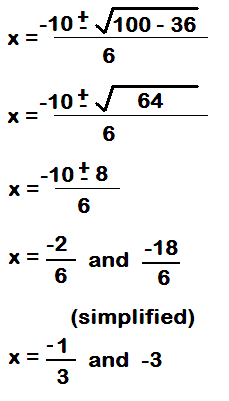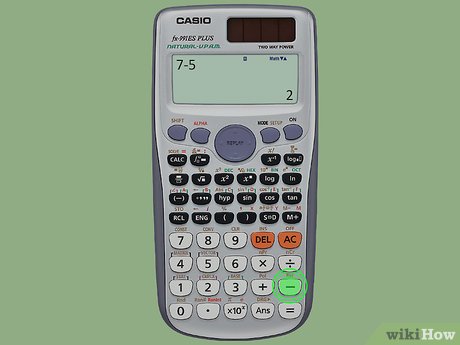Speed is all around us: when driving to work, running for exercise, measuring rocket launches or simply understanding average speeds in general are all vital considerations. But do you know how to calculate them accurately?
Have you ever found yourself wondering how fast or long a trip will last? This guide can help. We will break down average speed in an engaging, user-friendly manner–without needing a complicated math degree! Plus, we’ll show how an online scientific calculator can make calculations quicker and simpler!
Why Average Speed Matters in Everyday Life
Imagine taking a road trip. Your GPS estimates it will take five hours, but after stopping for gas and refreshments along the way, it seems longer. After reviewing both distance and time measurements, it becomes apparent that more time has elapsed than expected – leaving you wondering: what is my true average speed?
Understanding average speed isn’t just important for road trips. It also plays a significant part in:
Sports & fitness – Runners and cyclists use it to track their progress.
Travel planning – can assist in estimating arrival times.
Physics & engineering – Essential knowledge for motion analysis.
Everyday driving – Speed limits and travel estimates depend on this factor.
Let’s dive deeper into how you can calculate it.
Formula for Average Speed It’s straightforward:
The formula is straightforward.
Average Speed = Total Distance/Total Time
It’s that simple! Simply divide the total distance traveled by total time spent traveling.
Real-Life Example of Road Trip Calculation
Imagine driving 300 miles over five hours.
Your average speed would be: 300 miles over five hours = 60 mph
Therefore, even if your speeds varied during your journey, the overall average speed was 60 miles per hour.
Why an Online Scientific Calculator Is Helpful
Basic calculations can often be completed manually, but more complex calculations may become difficult when you need to convert between miles and kilometers, minutes and hours or manage fractions. That is when an online scientific calculator becomes your go-to solution.
An online tool provides instant conversion between miles to kilometers (km), minutes and hours (h). Furthermore, this can easily handle complex speed issues while providing accurate calculations of average speed with more precision.
These free online scientific calculators make it possible to enter numbers quickly and get instantaneous results, saving time and minimizing errors.
Average Speed Vs. Instantaneous Speed
Many people confound average speed with instantaneous speed (the speed at a specific moment). Let’s break this down:
Average Speed – Your average trip speed.
Instantaneous Speed – The rate at which an object moves at any particular instant. In your car’s speedometer display this as “instantaneous speed”.
Assuming you drive at 50 mph for two hours and then 70 mph for three, your instantaneous speeds fluctuate based on instantaneous conditions; however, your average speed remains constant across your journey.
Mistakes to Avoid when Calculating Average Speed
Even with an easy formula for calculating average speed, people often make errors. Here’s how you can avoid them:
Accidentally Using Different Units – If your distance and time measurements differ significantly, be sure to convert them prior to proceeding with any calculations.
Neglecting to include stops and breaks – When planning travel times, always account for total time spent, not just driving time alone.
Mistaking Average Speed with Speed Limit – Simply because your average speed was 60 miles per hour doesn’t mean that was your entire driving speed.
Practical Uses of Average Speed in Different Fields
1. Sports & Fitness
Athletes use average speed as a measurement of their performance; for instance, runners track their speed to improve performance and track it when covering 10 miles in 1.5 hours – for instance their average speed would be:
10 miles divided by 1.5 hours is 6.67 mph.
2. Aviation & Space Travel
Airlines use flight speeds to estimate arrival times; for instance, if a plane covers 1,200 miles in 2.5 hours at an average speed of 85mph.
3. Delivery & Logistics
Delivery companies use average speed as an estimation of package arrival. If a truck covers 800 miles within 16 hours, its average speed would be:
How to Double-Check Your Calculations
When dealing with multiple speed variations, it is wise to periodically double-check your calculations by:
Use an online scientific calculator for accurate calculations. When planning your trip, break it up into sections (e.g. 100 miles at 50 mph followed by 200 miles at 70 mph). Make sure time and distance units match up before calculating results.
Final Thoughts: Mastering Motion with Confidence
Now that you understand how to accurately calculate average speed, you can apply it in various real-world applications–be it planning a trip, improving athletic performance or managing logistics.
Remember, an online scientific calculator is always just a click away if you need quick and precise calculations!
Enjoy calculating, and may your speed be always in your favour!












